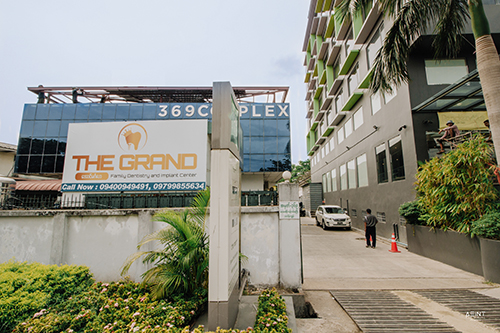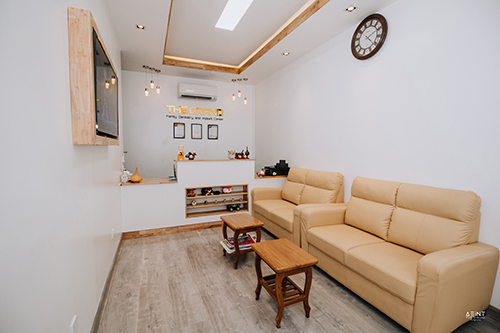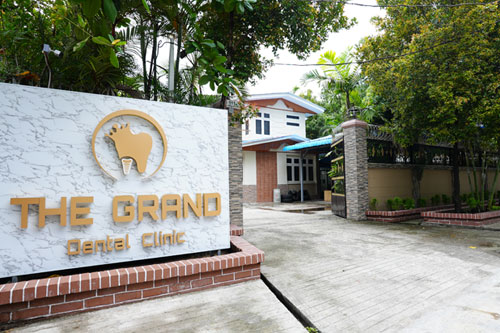
If you are missing a single tooth, one implant and a crown can replace it. A dental implant replaces both the lost natural tooth and its root.
What are the benefits of choosing a single-tooth implant instead of a bridge?
A dental implant offers several advantages over other tooth replacement options. In addition to looking and functioning like a natural tooth, a dental implant replaces a single missing tooth without compromising the health of adjacent teeth. Unlike a tooth-supported fixed bridge, which requires adjacent teeth to be ground down to support the bridge, a dental implant is self-sufficient. This means that the surrounding teeth remain intact and unaffected, providing a healthier and more sustainable solution for tooth replacement..
Because a dental implant replaces your tooth root, it helps preserve the bone. In contrast, with a bridge, some of the bone that previously surrounded the tooth begins to resorb (deteriorate). Dental implants integrate with your jawbone, maintaining the bone's health and integrity.
In the long term, a single implant can be more aesthetically pleasing and easier to maintain than a bridge. Gums can recede around a bridge, exposing the metal base or collar and creating a visible defect. Additionally, bone resorption beneath the bridge can result in an unattractive smile. The cement securing the bridge can also wash out over time, allowing bacteria to decay the teeth that support the bridge.
How will the implant be placed?
First, the implant, which resembles a screw or cylinder, is placed into your jawbone. Over the next two to six months, the implant bonds with the bone, forming a stable anchor for your artificial tooth. During this healing period, a temporary tooth replacement can be worn over the implant site to maintain your appearance and functionality.
Often, a second step in the procedure is required to uncover the implant and attach an extension, known as a healing cap. This temporary healing cap completes the foundation on which your new tooth will be placed. Following this procedure, your gums will be given a couple of weeks to heal.
Some implant systems, known as one-stage systems, do not require this second step. These systems use an implant with the extension piece already attached. Your periodontist will advise you on which system is best suited for your needs.
Finally, a replacement tooth, called a crown, will be custom-made by your dentist and attached to a small metal post known as an abutment. After this step, you will soon experience renewed confidence in your smile, as well as improved ability to chew and speak. Dental implants are designed to look and feel so natural that you may even forget you ever lost a tooth.
Every case is unique, and some of these steps can be combined when conditions allow. Your dental professional will collaborate with you to determine the most suitable treatment plan tailored to your specific needs.
သွားဖုံးရိုးတွင်းသို့သွားမြစ်တုတိုင်ထည့်စိုက်ခြင်း ( For Single Dental Implant) - (Osstem), (Glidewell), (straumann)










